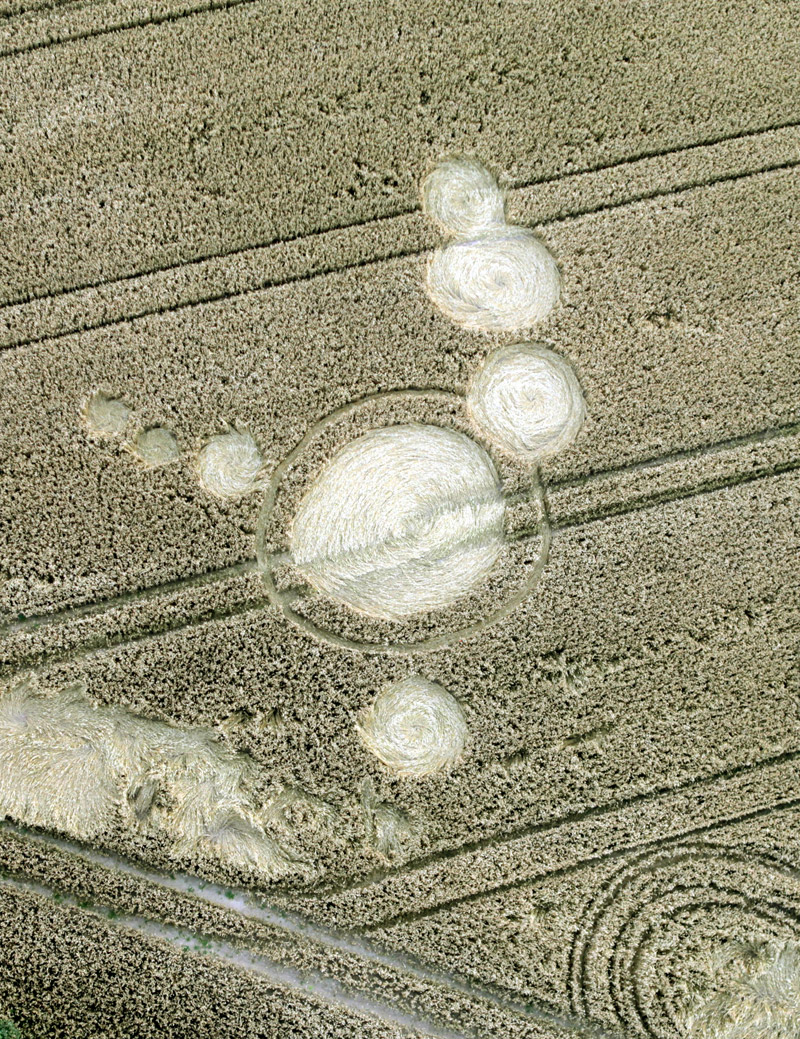
copyright 9/2012 jonah ohayv

They flew over it again the next day, and we drove out that afternoon. It didn't look like anyone had been there before us! We parked by the harbour in Sandvig and walked half a mile, then along a path by the field. We had to climb over a barbed-wire fence, and the crop-circle was about 50 meters inside the wheat field.
Here's the biggest circle - about 9 meters in diameter, and not really circular.


A 30-centimeter wide ring surrounded the largest circle about a meter from it.
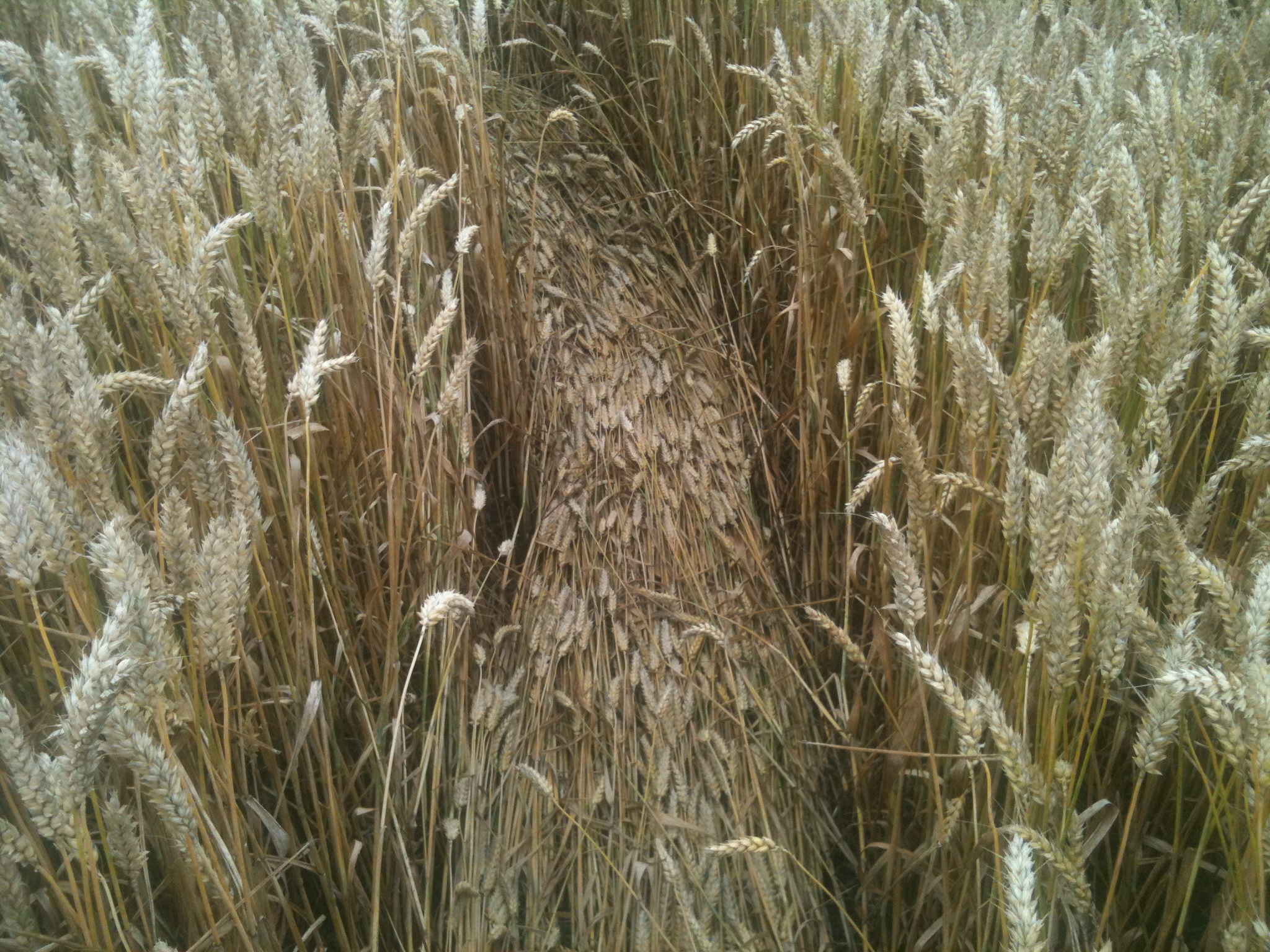
Two circles hung together or overlapped.


The crop lay nicely stiffly. There were no signs of earlier footprints or from any tools.

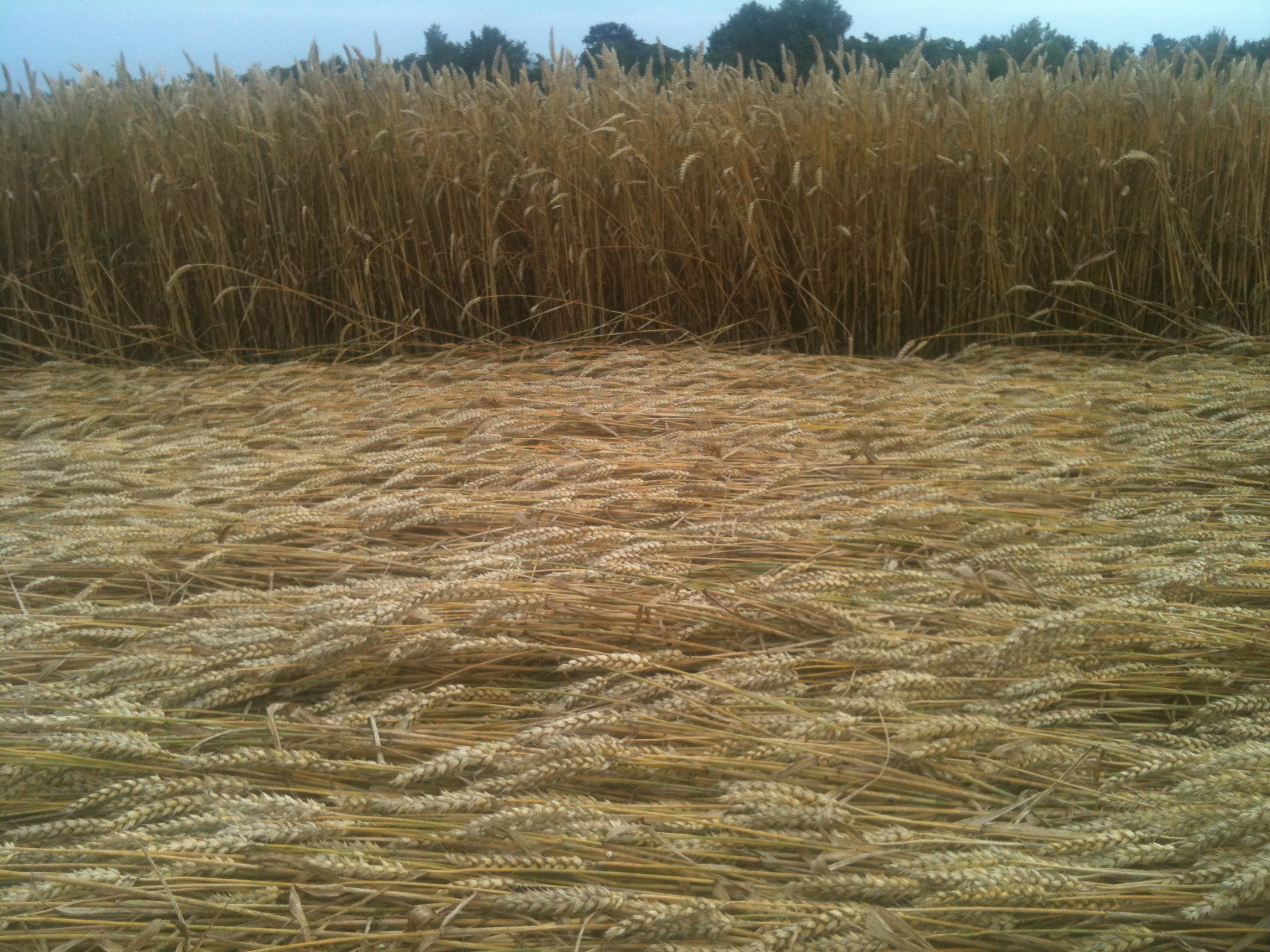


Several smaller circles of varying size lay near the largest circle.


It's noteworthy that nearly everywhere the crop was lain very beautifull. All the centers resembled each other.


Many straws had a greatly elongated and strongly bent node at the knee.


Here's a couple of the smallest circles' centers.


Peter Palmbo og Frank Omø flew over the field again, to take photos from the air.
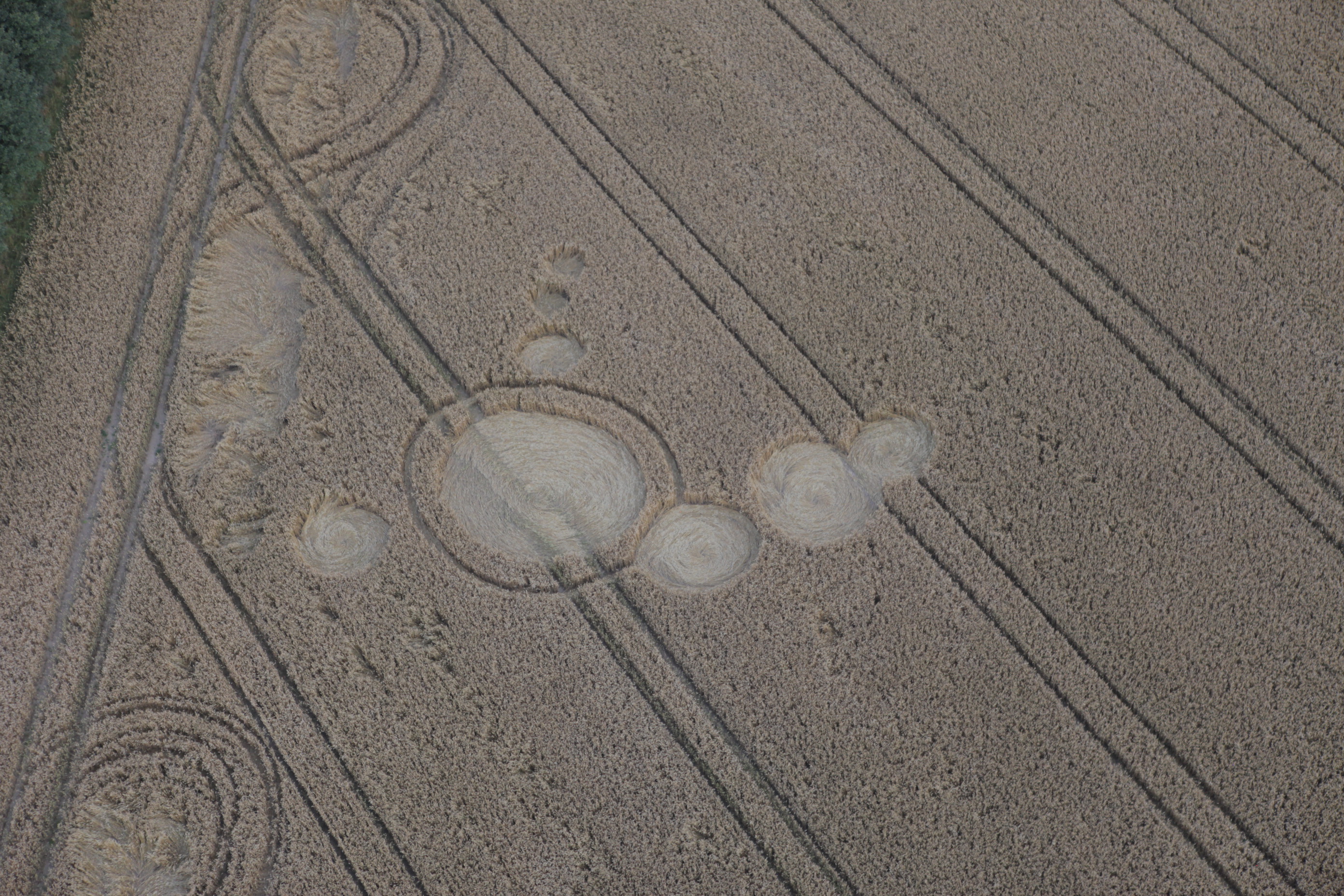
Diagram of the sections with their lay-direction:
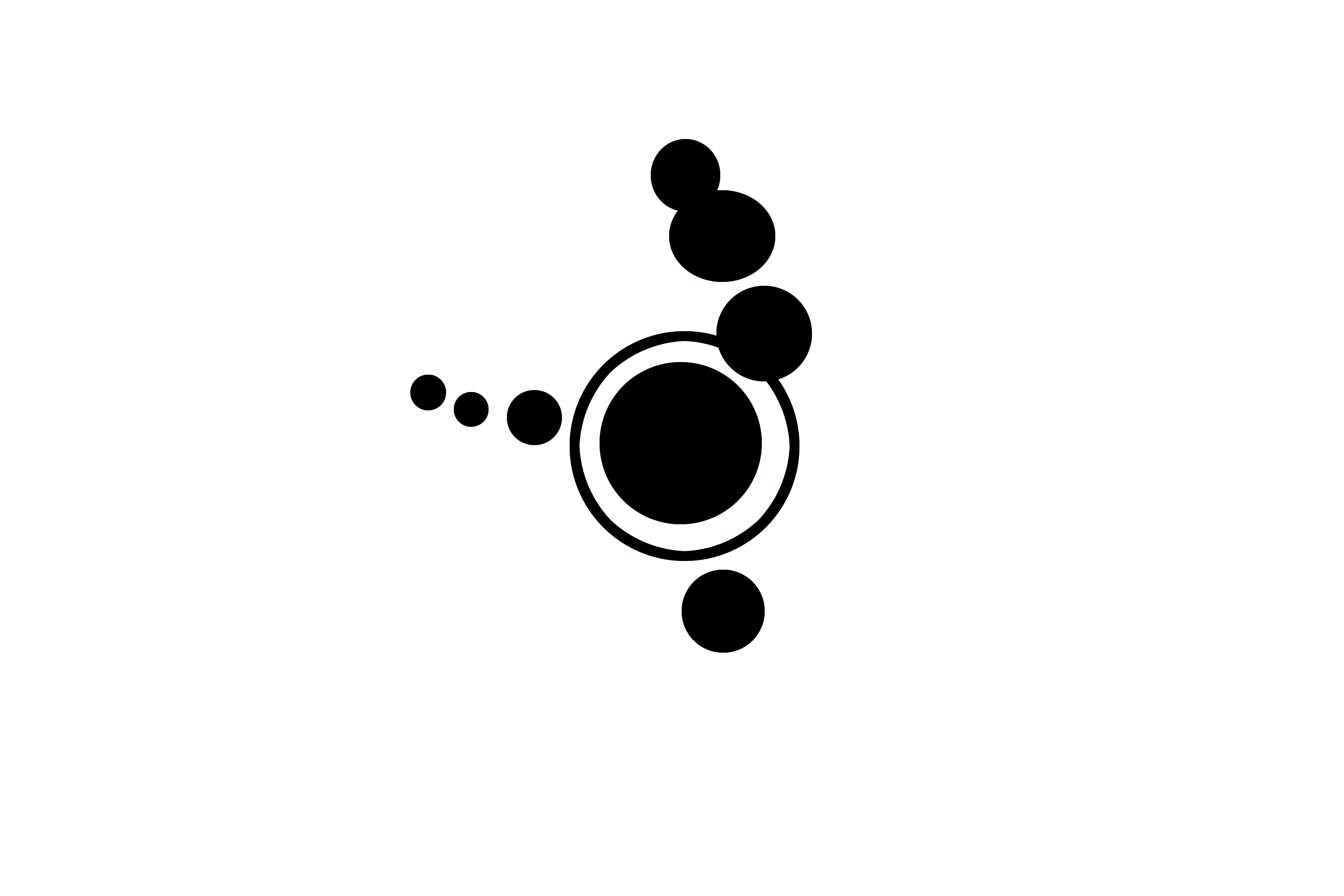
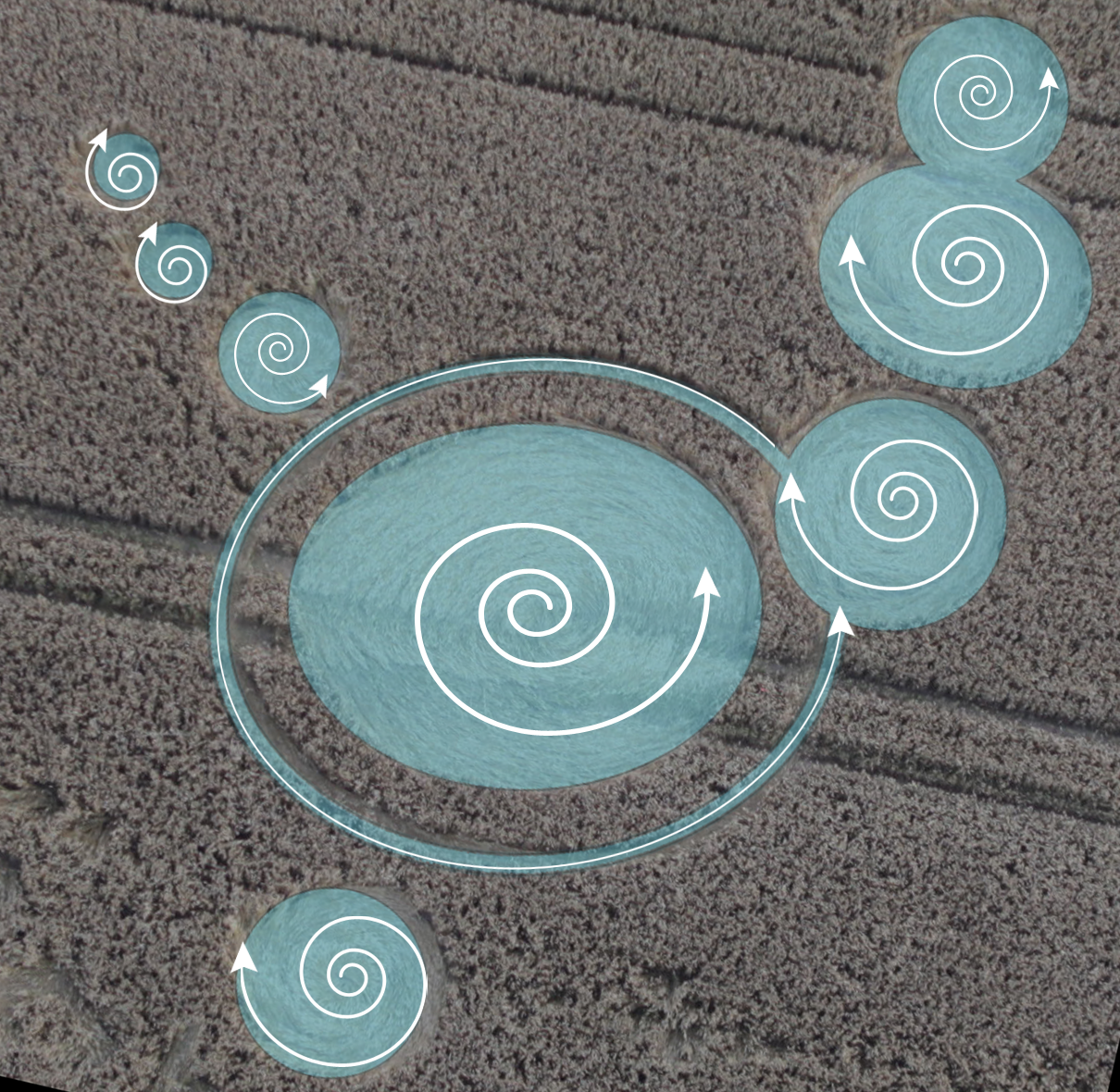
Approximate measurements of the sections:
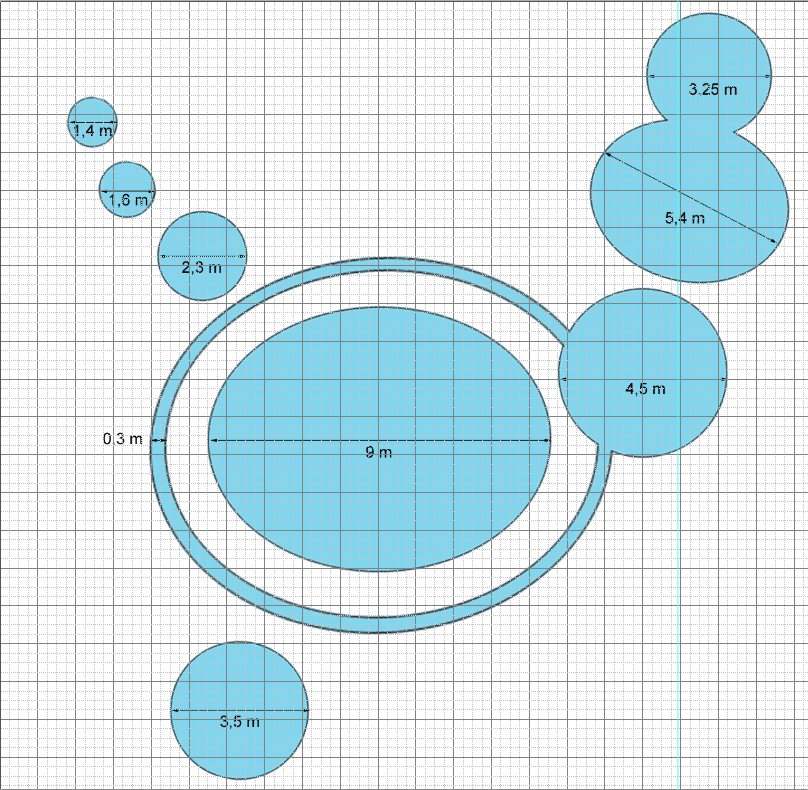
The crop circle's placement in the local landscape. It was very close to a ceremonial burial mound which dates from Viking times.
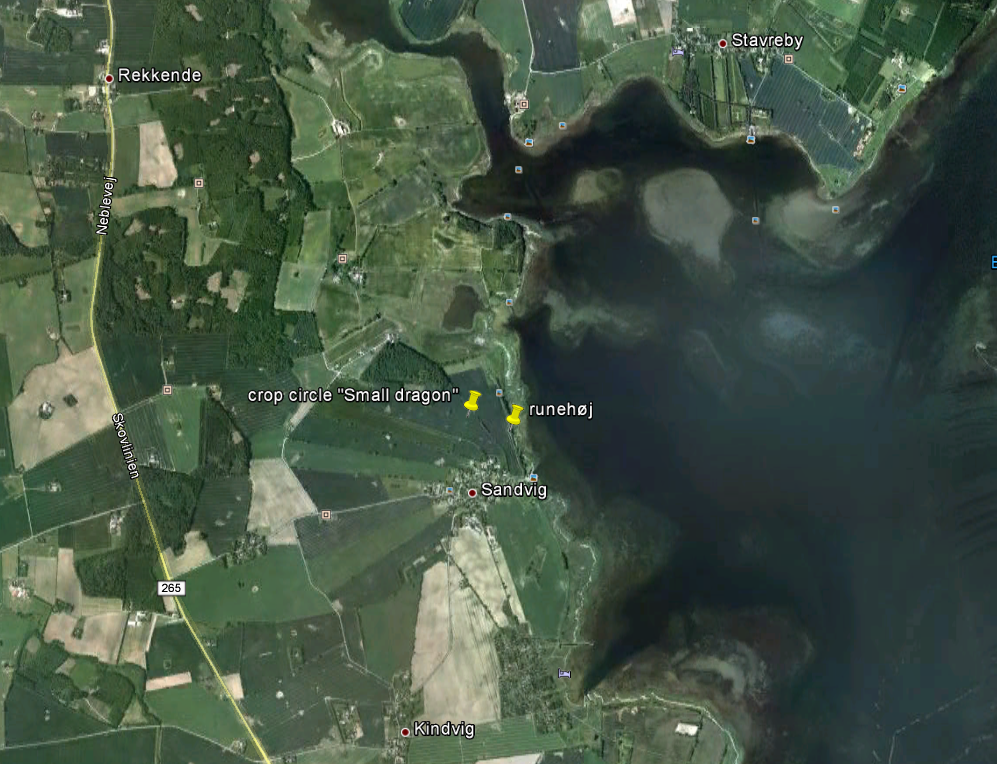
Photos from the air and measurements by Peter Palmbo og Frank Omø.
No group of British or other hoaxers has succeeded in documenting any reproduction of stalks with either elongated nodes or nodes fluidly bent at right angles. Many of these were found in the new Danish crop circle.
If, while still growing, sharply bent stalks can collect so much fluid at their bent nodes through the summer months, that they can swell up as on the photo, this would often have happened in old British formations - if the formations were so isolated, that they'd been largely untrodden both during and after their initial discovery, where all nodes had originally looked normal. This unusual situation and finding has never been reported in the crop-circle literature. Whereas such swollen nodes are relatively often found in freshly-made circles, which are on that basis considered genuine.
The lay-structure throughout the formation is basically everywhere aesthetically formed, consistent, and same-directioned. The lay is light and airy throughout the larger sections. There has never been so impressively well-formed centers in any of the earlier approximately 45 Danish crop-circles since 1994. In British ones yes, in Danish no.
It is extremely unusual that the lay, in sizable sections of a circle of wheat, flows upwards systematically and gracefully in a vertical wave so much as it does in the largest circle here. This was either the result of the crop's uneven degrees of naturally rising up again, or of a gradual and uneven pressure from an unknown source at the circle's creation. The consistent body weight of a hoaxer moving all over would normally make their original pressure under walking evenly heavy. It's plausible, that this crop-circle was at least a month old when it was discovered, and that the still-living straws in different areas gradually lifted themselves toward the sun at different speeds.
Good crop-circles in England and certain other countries are much visited and the lay gets quickly trampled. There's never been a published experiment with an untrodden, still high-quality crop circle in wheat, which had been left to its natural development through months - so we don't know how it would have changed through time.
The formation's placement near an energy center with rich traditions from ancient times, as here near the Viking burial mound, where the concentrated energy in a way is still present - is considered typical for crop-circles considered to be genuine.
At the crop-circle's discovery, this field was the only unharvested one around - for what reason?
This formation was otherwise not placed with a view to attracting public attention. For instance, it was not near a well-trafficked road, and was said to be discovered by chance from the air. Earlier visitors after its creation would possibly have left depressions in the lay from their footprints.
The crop-circle is neither graffiti in crop, an advertizement, or a simple figure. The Danish formations of recent years have all been so.
The crop-circles single elements are not even approximately correct circles, ovals, or rings. If its creator or creating force could make more symmetrical forms, which please both human intuitive feelings and the eye, wouldn't it do so?
The crop-circles single elements and combined form are extremely geometrically inconsistent and imprecise, which photos from the air clearly document. Until now, such gross imprecision has been assumed to be a sure sign of huge errors during human construction in the field. The measurements and diagrams are but averages and approximations, which much idealize the messy shapes.
What a set of paradoxes and riddle!
Jonah Ohayv
In both sets of circles, a narrow, trampled path led from the nearest tramline to the circles' center, where the earth was marked from a ca. 1-cm. thick pole, which had been used to create the rings' circumference.
The width of each ring varied greatly in its sections, and in one area the edge was markedly straight instread of curved.
The crop was naturally rising again, but the lay had lacked any impressive flow.
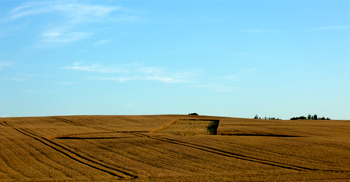
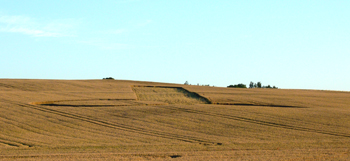
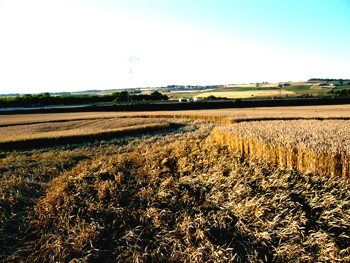
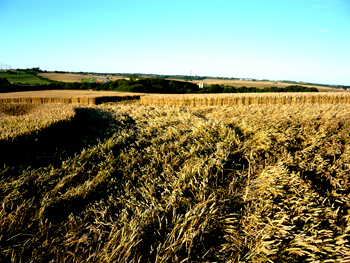
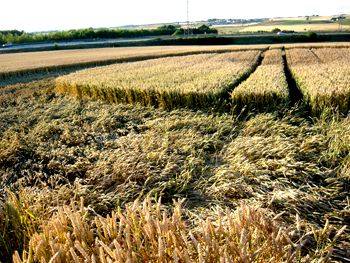
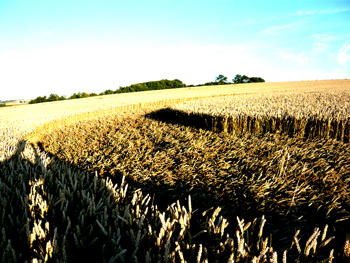
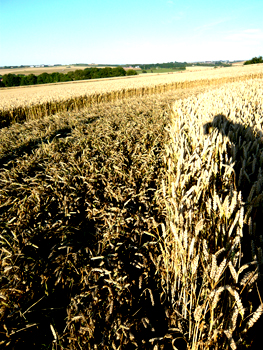
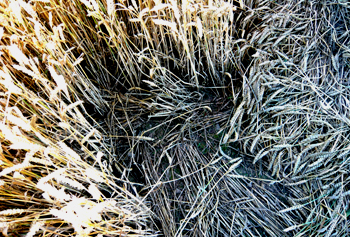
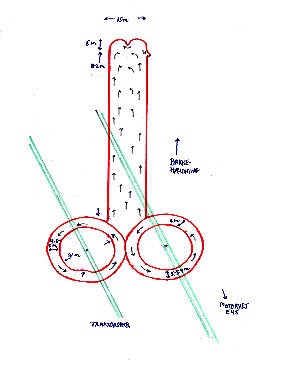 click
click
A circle about 30 meters in diameter, with a straight middle section about 5 meters broad running from side to side. On each side of that section the lay was clockwise halfway out to the circle´s perimenter, and then counter-clockwise the remaining way.
A green measuring-rod, 120 centimeters long, with fresh earth 9 centimeters along its sharpened end, was found in the circle. Two pieces of strong string, 2 and 3 meters long, each with a tied loop at one end which fit onto the rod, and a deep hole in the circle's center, which the rod fit into, were also found.
Across the middle section was written in 5 meter high letters, "STORE ORD", which is Danish for "big words": an advertizing slogan the company is promoting in various mass media.















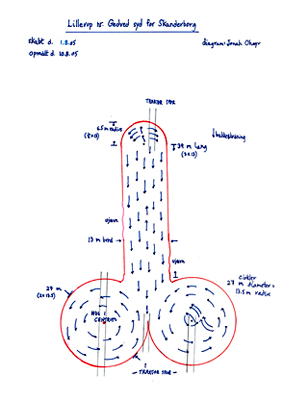 click
click
All measurements were variations of 13 meters. Tramlines went through or very near the centers of both circles and the semi-circle.
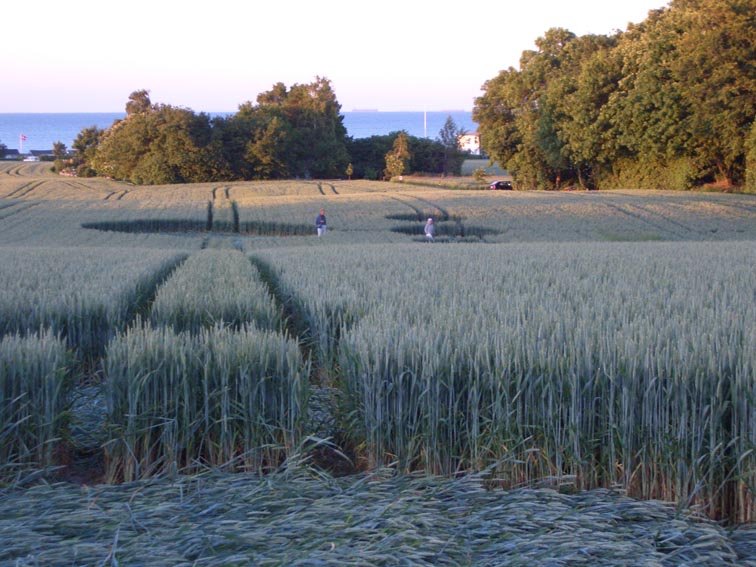
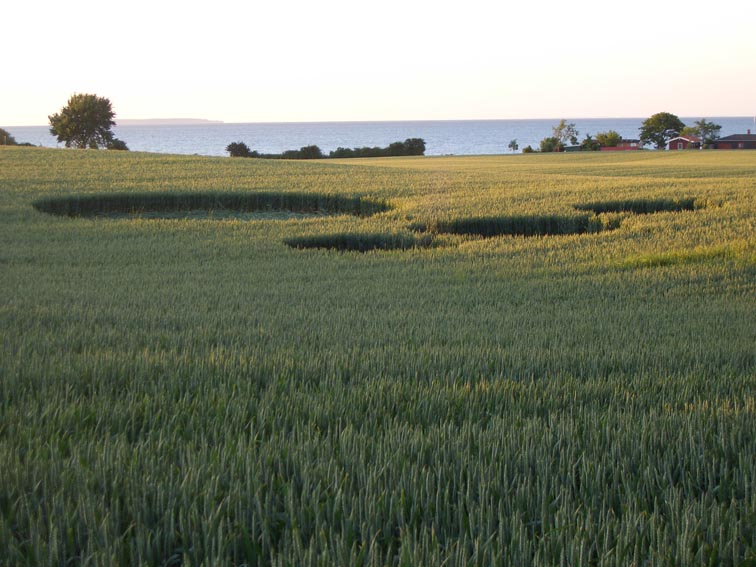
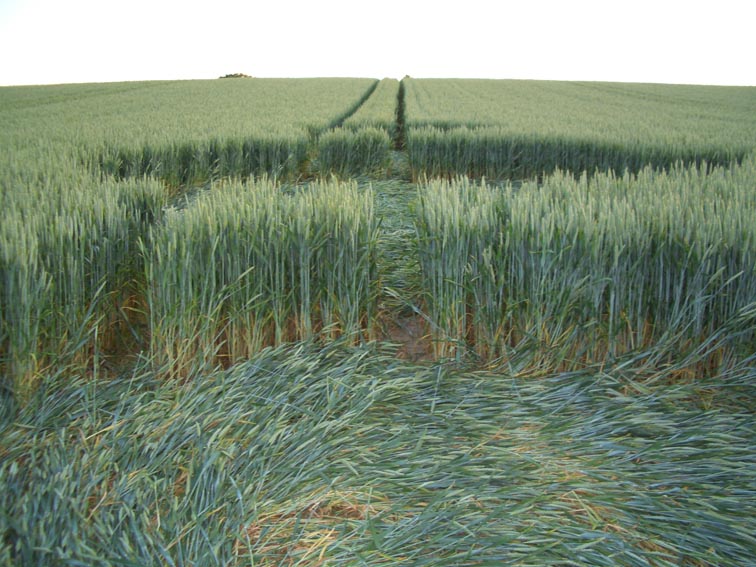
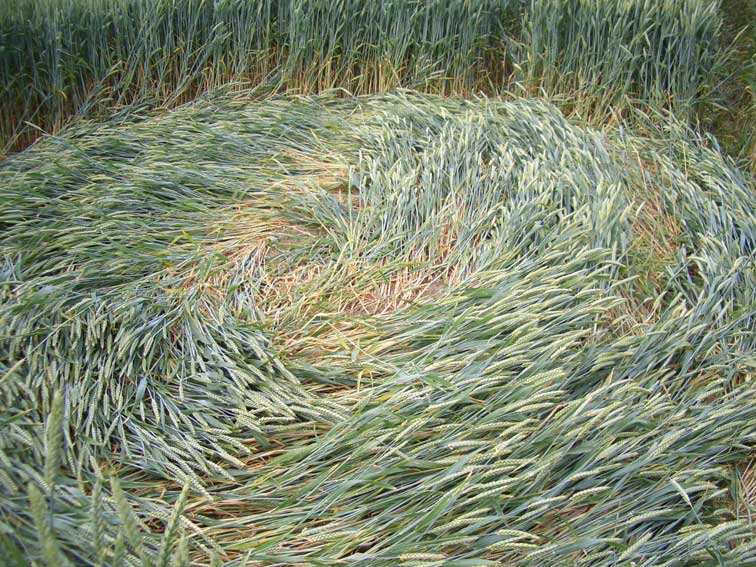
The next morning he found all 4 rings filled out to circles and an almost identical set of 4 circles on tramlines on the field's sloping, higher side. The diagrams below show their irregular dimensions.
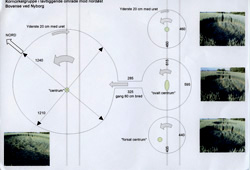
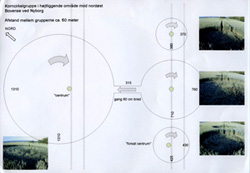
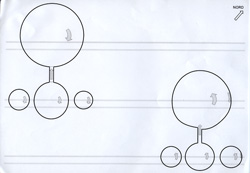 click
click
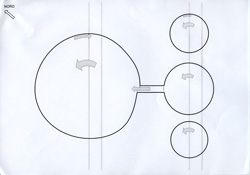
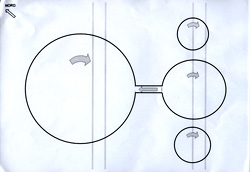
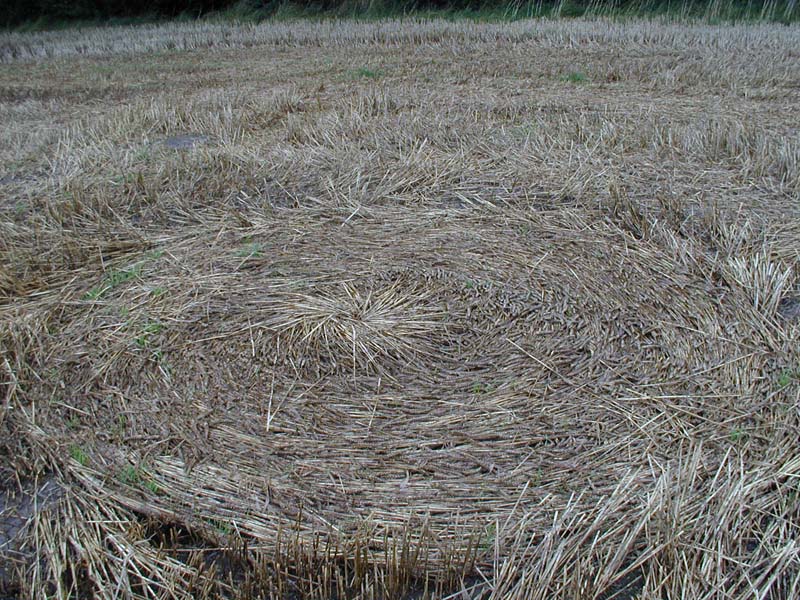
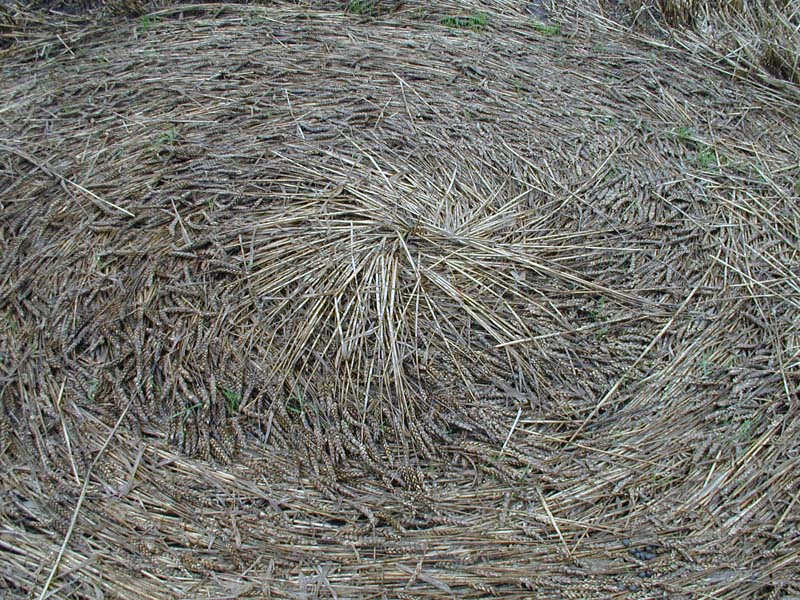
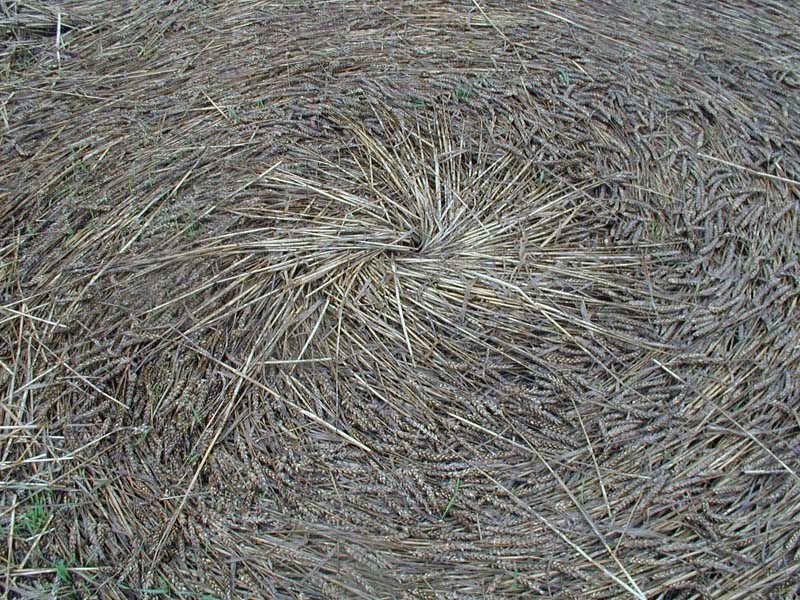
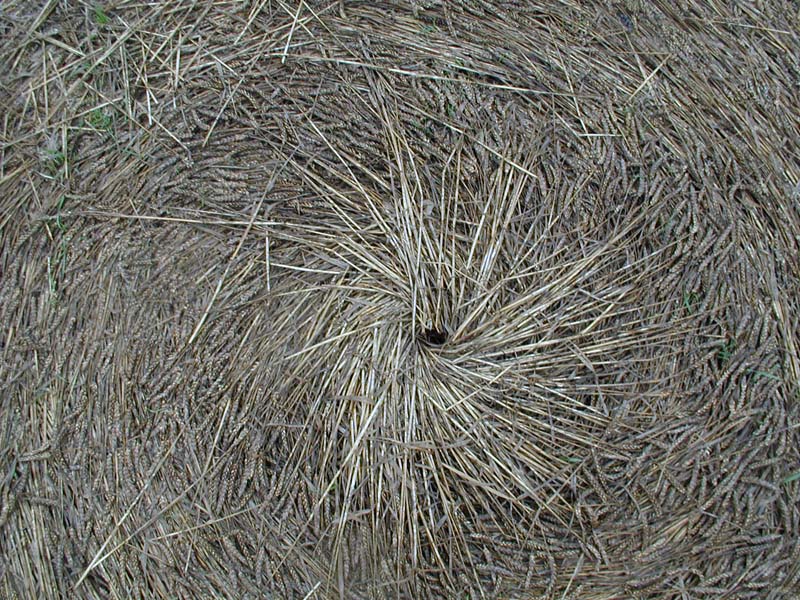
Found by the farmer while harvesting. Three years earlier almost to the day, a simple circle was found about a kilometer away.
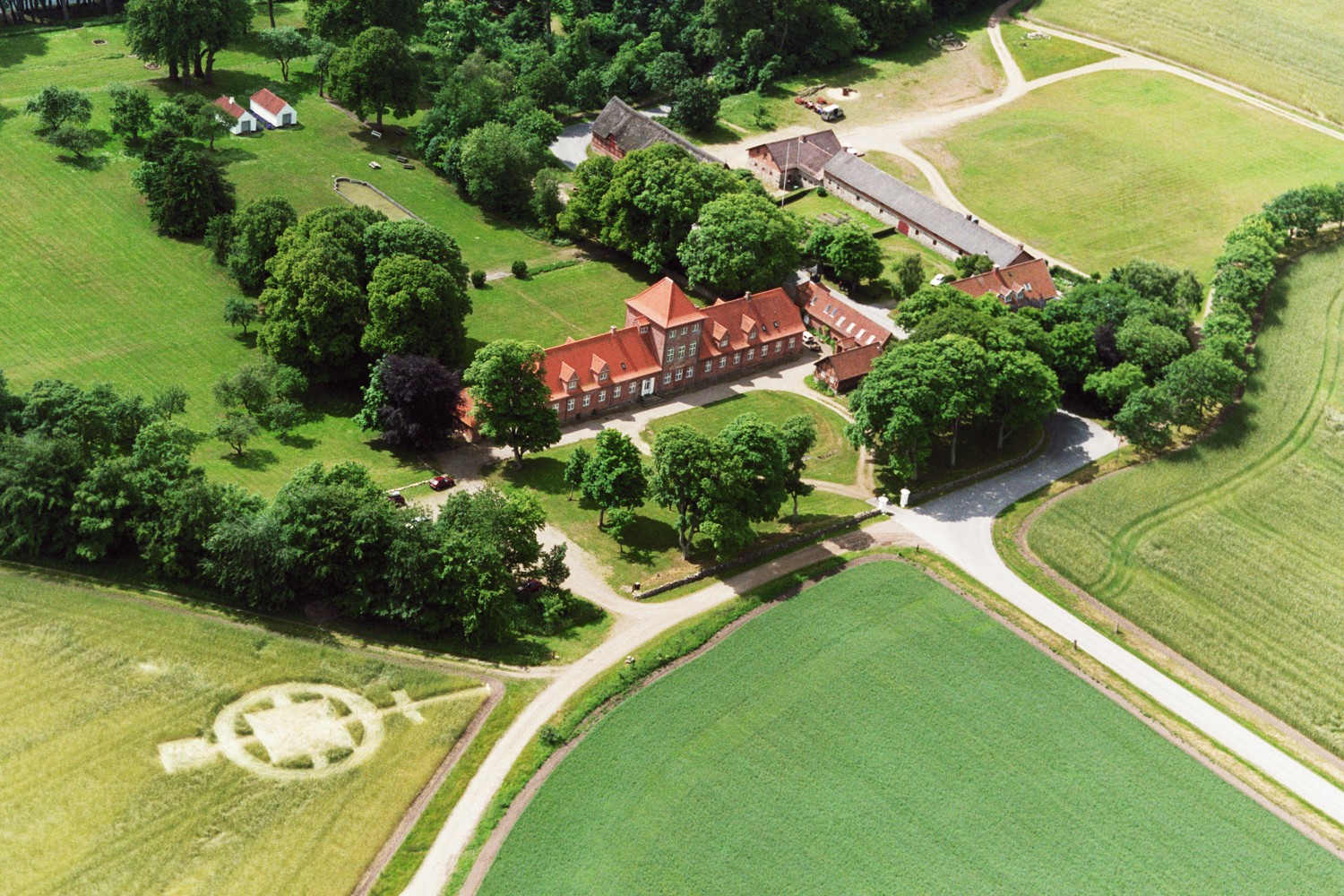 click
click 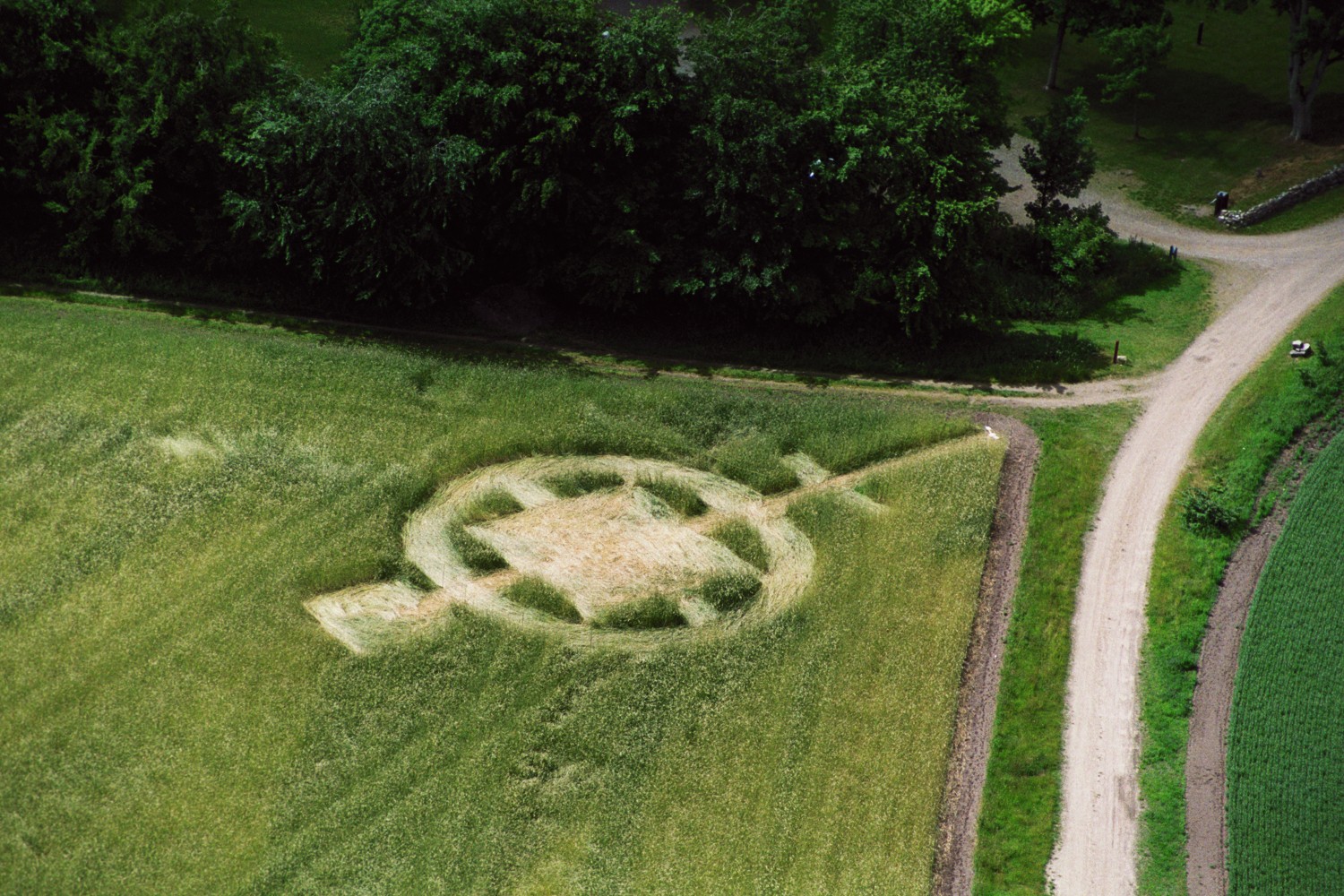 click
click
From the central circle, curved paths led to an outer ring, which was ca. 57 meters in diameter and about a meter broad. The crop-circle had sharply defined edges, and the straws were not damaged or crushed. Following the harvest, a wheel-track was found within the ring's middle section throughout its perimeter.
Light phenomenon in the neighborhood: Either the night of July 30, July 31, or Aug. 1, a married couple photographed a light which flew soundlessly and slowly across the sky and in front of a tv-transmission antenna. In the first photo, the light is yellow and round, as seen in front of the antenna's own white light. In the last photo, where it's passed the antenna, the flying light now has "wings" - and zooming in, it looks like a twisted chain of light.
2. Date found: ca. July 26, 2003
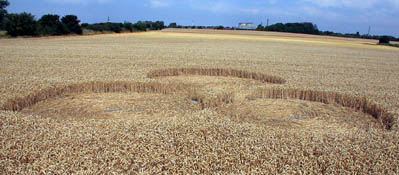
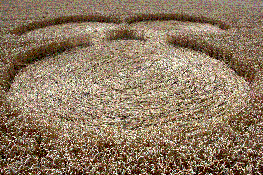
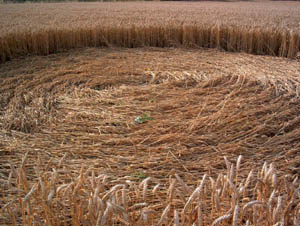
A circle surrounded by a ca. 10-meter in diameter ring. This simple formation in the field with mature, thigh-high crop was at a good distance from the nearest tramline, but there was no path leading to or from it.
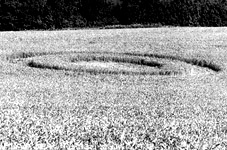 click here
click hereAdvertisement for the local, yearly summer-market, and an homage to the Sun-Chariot, a Scandinavian mythological symbol widely used in this area. The artistic crop-circle looks good from the air, but was unfortunately not examined at ground-level. It was made in the same field as a crop-circle called "the sun-chariot" occured in, in 1999.
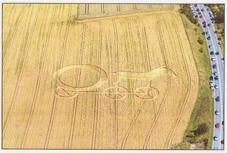 click her
click her

 click here
click here
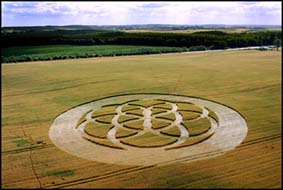 here
here
 click here
click here
The edges to standing crop were sharp and well-curved. The lay was uniformly nice, but not spectacular, whereas the central area was a mess, albeit without any hole. All straws were bent at the ground, without damaged seed-heads.Two sections tapered to a single stalk.
Careful, prolonged examination of overlapping areas proved the inner circles to be made consecutively, not simultaneously. The 6 surrounding circles were not tangential to the middle circle, but overlaped standing sections, causing the latter nearest the circle's center to end in varying degrees of stumps, instead of in points. There are no cultural historical sites nearby, nor technological energy-sources.
After much study, the consensus of the investigating teams, 10 people in all, is that this formation was either cleverly man-made, or sloppily made by other forces.
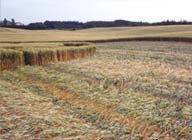 click here
click here
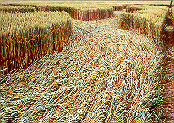 click here
click here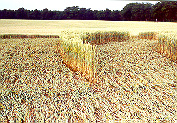 click here
click here
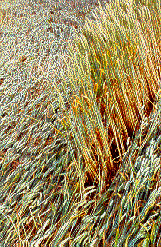 click here
click hereDescription: A simple circle 10-12 meters in diameter with a neat spiral lay.
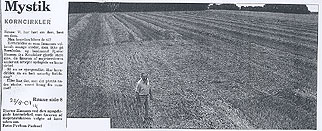 click here
click here
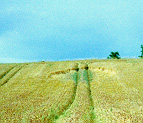 click here
click here
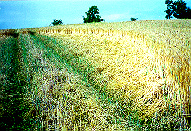 click here
click here
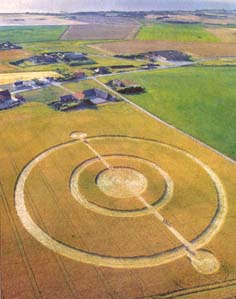 click here
click here
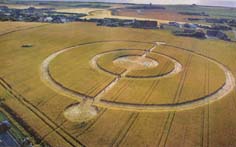 here
here
After intense public interest in the earlier Frisenborg circle, 4 reporters from a major newspaper made an ad hoc formation without previous drawings and with an unknotted 60-meter rope, a held pole, and skis. The field they used was just next to a number of houses, where some people even slept outdoors in the summer heat, and where there were numerous dogs. Neither dogs nor people noticed anything or reacted during those 4 hours.
The path's standing walls were sharp and straight (the skis' edges parted the plowed rows of plants), whereas all the formation's curved walls were badly hacked and irregular. There were no consequent patterns in the lay and in many places it was an incredible mess, strewn in all directions.
The team annouced their work 24 hours later, explained the techniques they'd used, and paid the farmer. They said that their formation proved nothing about the authenticity of other formations.
 click here
click here
 click here
click here
 click here
click here click here
click here
 click here
click here
 click here
click here click here
click here
 click here
click here
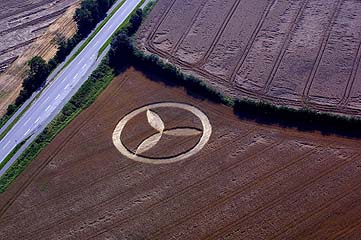 click
click
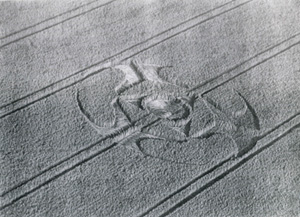 click
click
 click here
click here
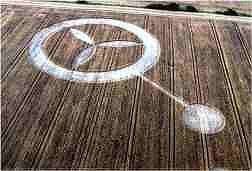 click here
click here
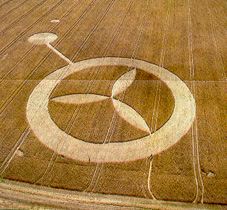 click here
click here
The formation was on a slope and very clearly-seen from a well-travelled road. Stems were bent not broken and the seedheads were aligned in bands and bundles within the ring. There was weaving of many bundles at the first third and last third of each arc. Isolated plants of other sorts were left standing. The formation was within a tiny geographical triangle of 3 old man-made hill mounds, with 21 such mounds within 2 kilometers, and it's axis pointed to the area's major mound. Seeds from inside and outside the formation were experimentally grown, with no differences in results. This is Denmarks most complicated and perfect formation to date.
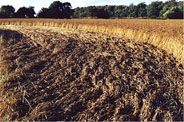 click here
click here
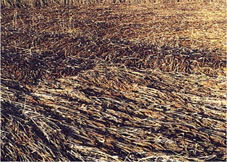 here
here
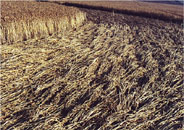 here
here
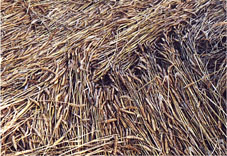 click here
click here
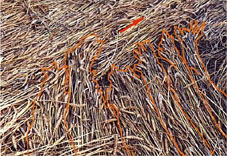 click here
click here
 click here
click here
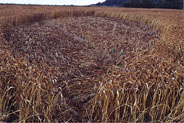 click here
click here
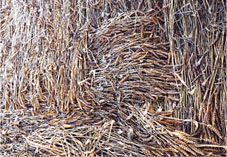 click here
click here
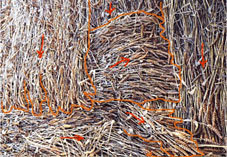 click here
click here
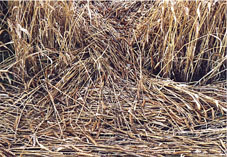 click here
click here
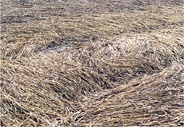 click here
click here
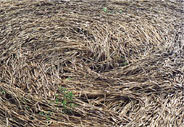 click here
click here
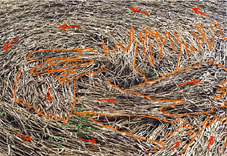 click here
click here
 click here
click here
 click here
click here
 click here
click here
The location is hard to see from the farmhouse and road. The crop was rising hastily. There were strange curving weavings of the lain crop into the standing crop at the end of each arc. At the center of each circle were pole-holes (one hidden under the crop) with smooth sides, but of different sizes.
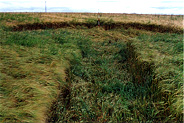 click here
click here
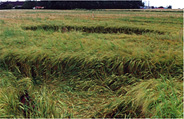 click here
click here
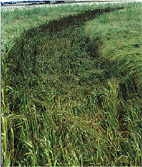 click here
click here
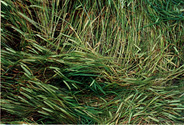 click here
click here
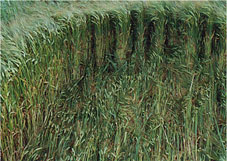 click here
click here
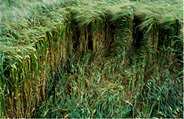 click here
click here
 click here
click here
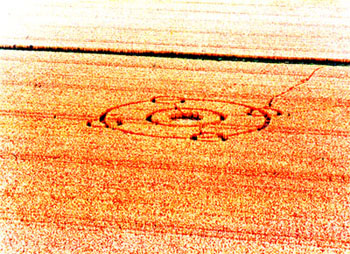 click here
click here
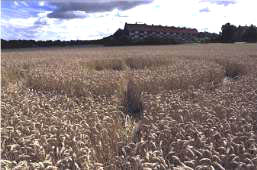 click here
click here
There was no underlying pathway to the circle's center, although the lay started there. The seedheads were stiff and parallel. There were many exiting crop-tangents from the surrounding rings, all at the same distance, angle, and thickness. The stalks were bent at ground-level.
The formation's first visitor got a headache in it and 5 days of allergic skin-rash after her first visit, and her dog was frightened and tried to leave the formation. She has had no further incidents of skin-allergy (earlier, a chronic symptom for her) for over a year now. A tv-camera's new battery registered as dead in the circle but functioned anyway. The formation is near a powerful electricity-generating station, and the field earlier contained a pre-historic burial-mound and a stone-age housing-shelter.
Esben's additions: "A second witness who lives in an apartment immediately overviewing the field, had been painting her home until 4 A.M., and there was no circle or noticeable activity until then. When she awoke that morning, it was there.
The corn lay very flat, like a carpet. The four surrounding circles were lain after the ring they lay upon. The middle circle is bent particularly near one side of the tractor-lines. Near another depressed path in the earth, the outer ring bent considerably toward the formation's center."
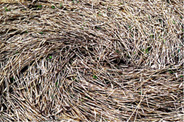 click here
click here
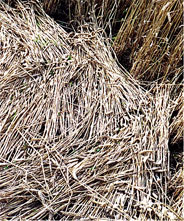 click here
click here
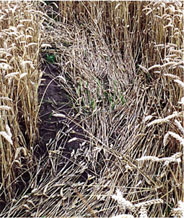 click here
click here
 click here
click here
 click here
click here
 click here
click here
 click here
click here
Two ca. 60-cm sticks were found under the crop in the formation, both with glued paper at their one end and knife cuts. There was an underlying pathway to the center in the main circle. The farmer put a sign up, "Man-made, please stay out of the field." One visitor dowsed the formation genuine, and got a headache in the formation, which disappeared again outside it. The formation had significant alignments in several directions to distant churches and its axis pointed to the Borum-formation 17 kilometers away.
Adapted from a field-report by Kristian Elmquist.
 click here
click here
 click here
click here
6. Date created: July, 2000
Description: A spiral 106 meters in diameter. The central circle was 4 meters in diameter, the path was 1 meter thick, with 6 meters between rows. (Said to easily be made with a 70 cm. garden-roller on a wound-up rope, and then a one-meter stomping board.) The circle center was at some distance from the tramline, and the formation was only 50 meters from the road. A similar spiral appeared in Denmark in 1998.
Information from Karlotto Ernst Lundholm.
Description: A 15,2 meter wide circle, not perfectly round but with sharply defined edges. All straws were broken at ground-level.
Description: A pre-paid formation ordered by the leading tv-channel, in the form of an eye (their logo), to show how simple it is to make a crop-circle. The details revealed the human source, however. There was a little underlying path in to the circle's center plus a stick-hole there. The laid crop was ca. the breadth of a stomping-board, not the slim well-defined rows often found in authentic circles. Stalks in the middle section pointed in all directions. The formation's boundaries were not sharp, and the helicopter-view proved the middle figure's boundary to be quite imprecise.
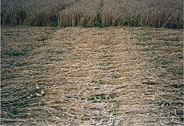 click here
click here
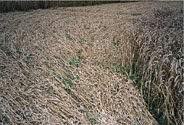 click here
click here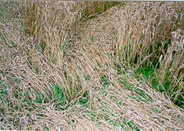 click here
click here
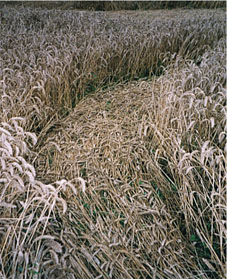 click here
click hereMost of this page's information comes from the Dansk Korn-Cirkel Gruppe's archives, and the illustrations were scanned by Bjørn Boman, Jan Dupont, and Jonah Ohayv.